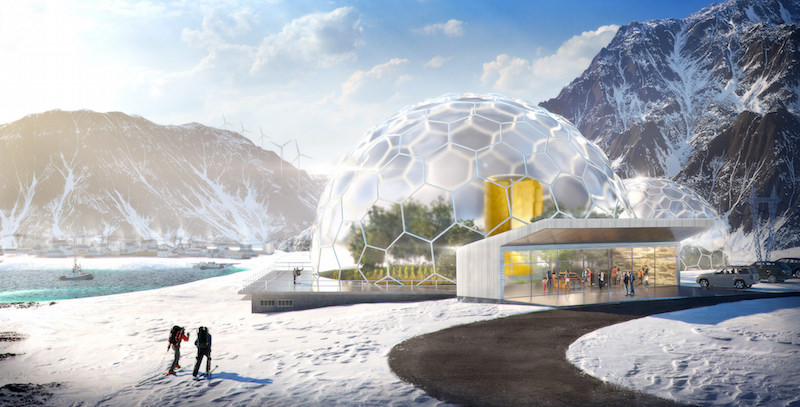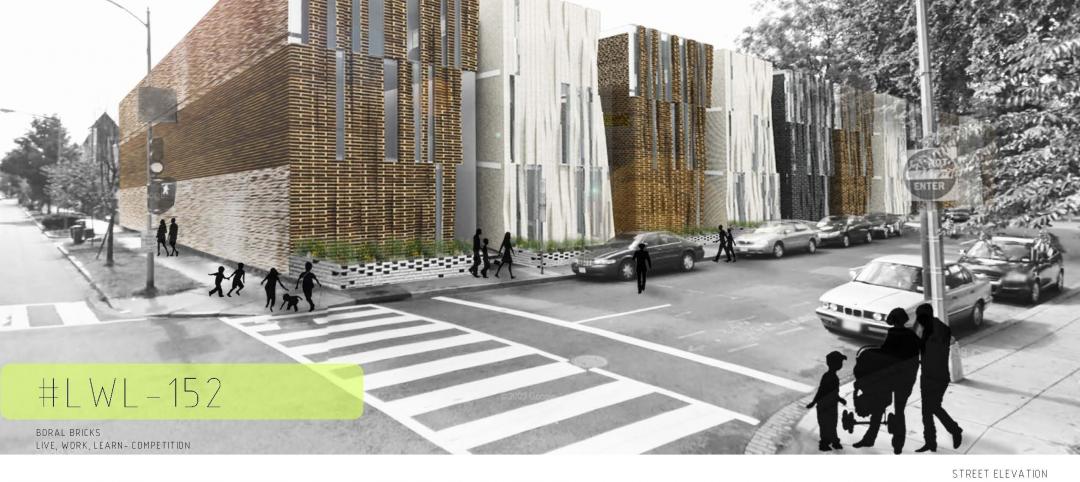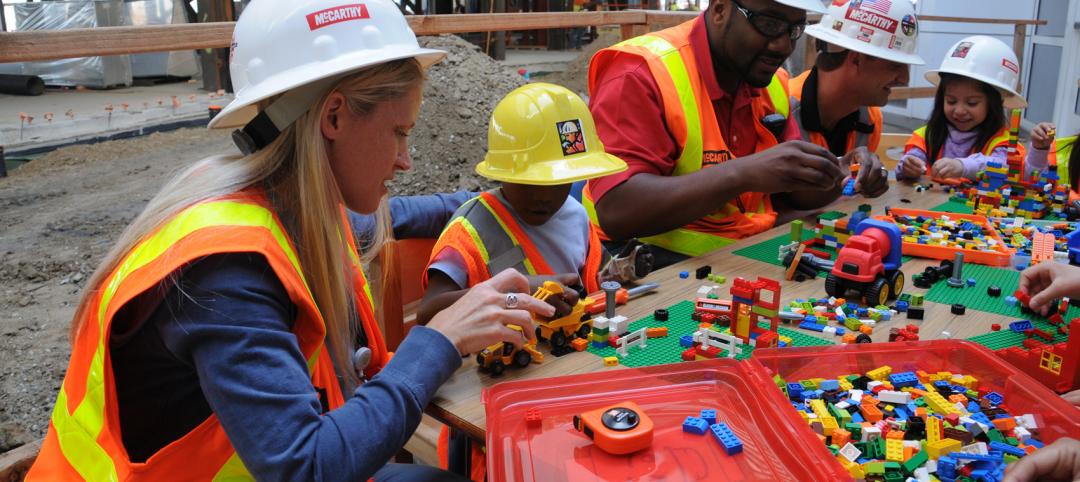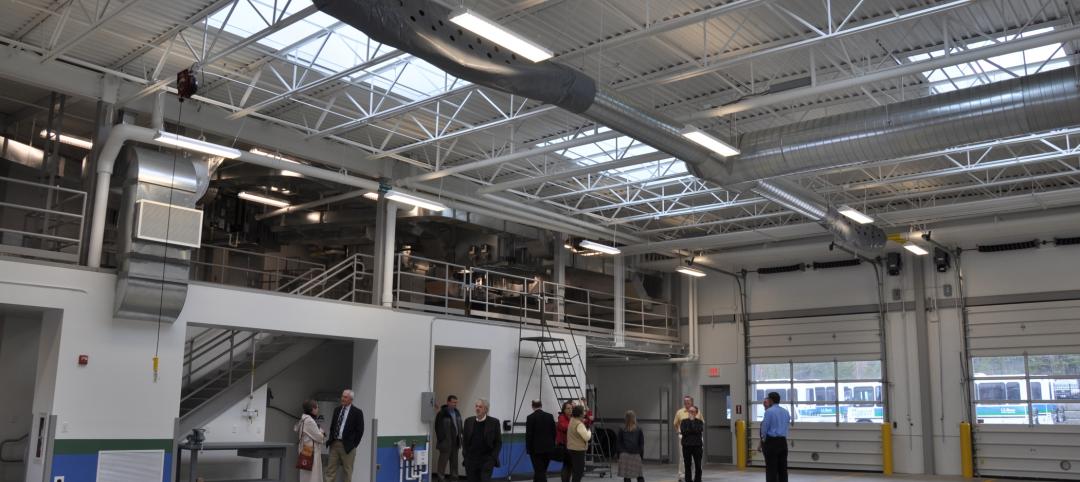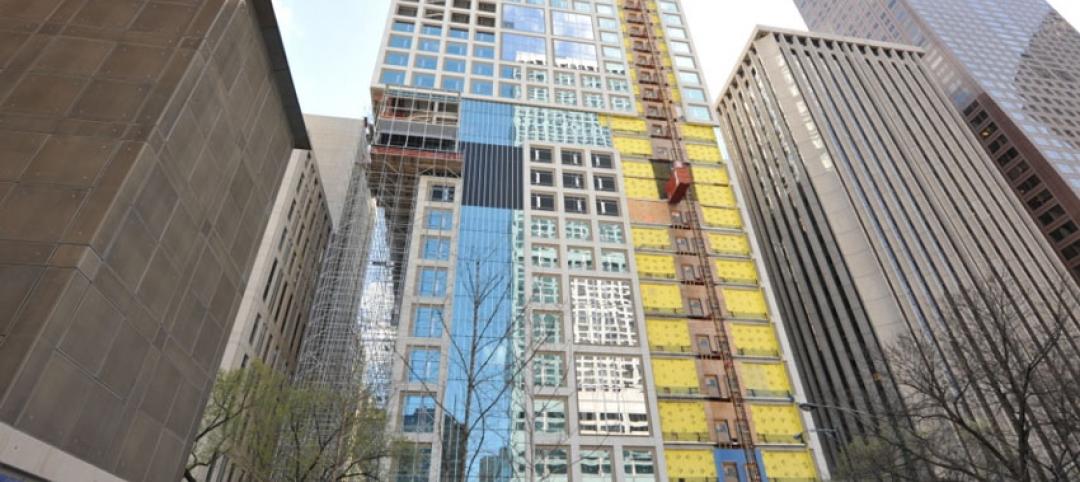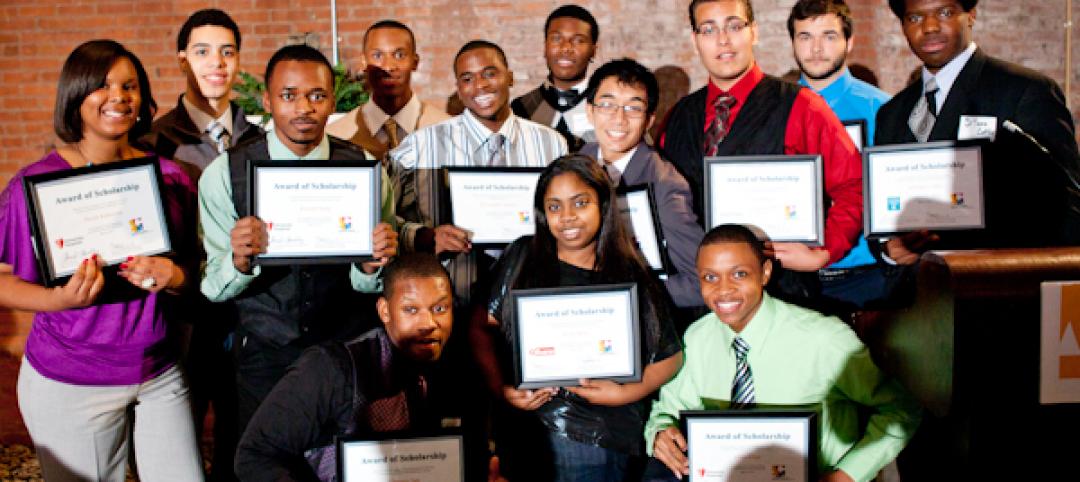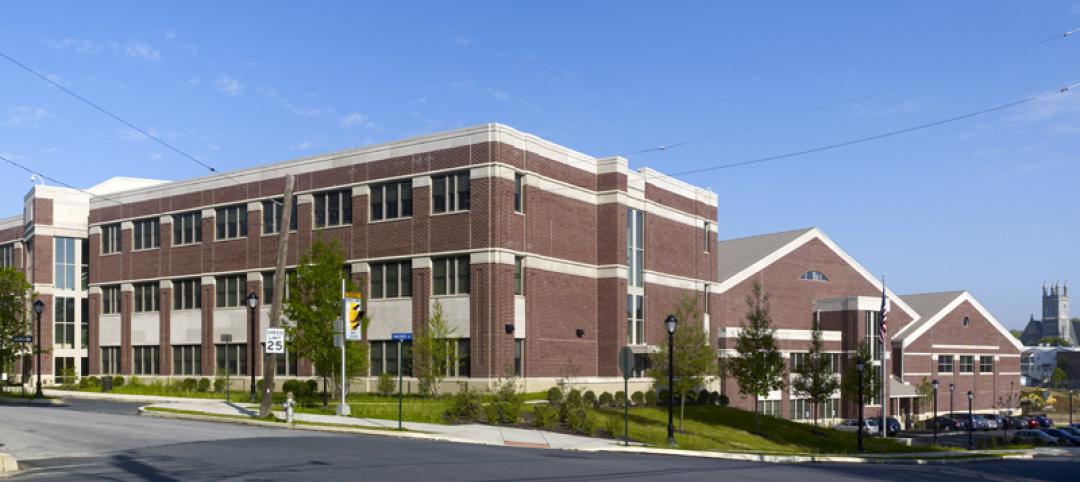More than 11% of the world’s electricity is produced by 447 commercial nuclear power reactors operating in 31 countries. The U.S. alone generates just under one-fifth of its electricity—19.7%—from 99 nuclear reactors operating in 30 states that produce 805.3 billion kilowatt-hours of power. At the end of last year, there were 61 nuclear plants under construction worldwide, the equivalent of 16% of existing capacity, and another 160 that have been firmly planned.
These statistics, from the World Nuclear Association and the Nuclear Energy Institute, would suggest that nuclear power—despite ongoing issues related to safety, security, regulations, and radioactive waste storage—is an ascending alternative to fossil fuels as a source of low-carbon power in a world that is increasing concerned about the impact of climate change.
In an opinion piece that Forbes published in early September, nuclear advocate and scientist James Conca noted that two nuclear power plants near Houston—which provide 2,700 MW of power to two million customers in the area—stayed fully operational during Hurricane Harvey, which caused oil refineries to shut down.
The next generation of nuclear plants will be smaller—the plants under construction range from 70 to 1,750 gross MWs—and resilient. But groups that promote nuclear as an essential ingredient of any cocktail of alternative energy sources “don’t have a large bank of imagery to draw upon” to show the public nuclear’s capabilities, says Suzanne Baker, a spokesperson for Third Way, a neoliberal think tank in Washington D.C.
Earlier this year, Third Way commissioned Gensler to come up with sketches and renderings that can be used to explain the role that advanced reactors could play in a variety of energy systems that enable the world to reach its goals for reducing CO2 emissions. Those renderings were exhibited at D.C.’s Fathom Gallery on Oct. 28. The images can be downloaded from Third Way’s website.
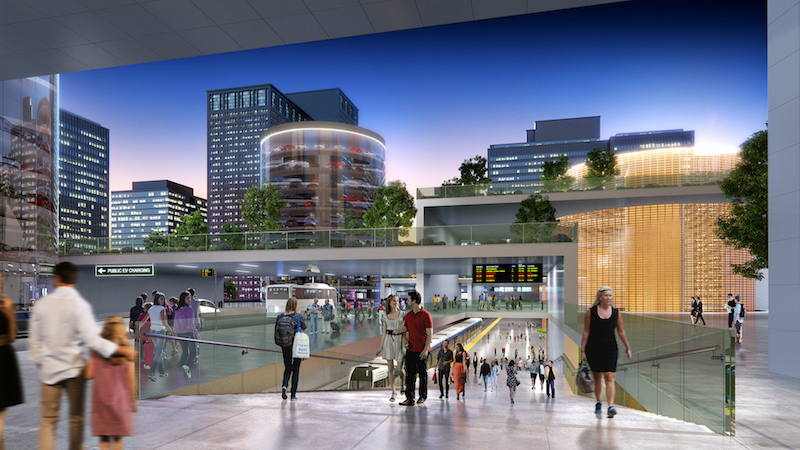
The rendering of a transit hub, where a nuclear reactor provides zero-emissions power for rail and electric vehicles. Image: Third Way
Gensler worked up images for six “scenarios” where nuclear could provide low-carbon power. These include
•A remote arctic community, off the power grid, where electricity is extremely pricey;
•A clean transit hub, where a small reactor powers rail lines, personal electric vehicles, shared autonomous vehicles, and electric buses;
•Growing communities in the developing world where large-scale reactors provide power, and whose excess capacity is used for an onsite desalination plant to provide clean water;
•A high-temperature reactor to power and heat for local industries;
•A Naval base, where advanced reactors generate around the clock electricity and power ships docked at port; and
•Powering data centers, upon which many of life’s daily functions are increasingly dependent.
While much of the growth in nuclear energy technology is occurring overseas, specifically in Russia, China, and the United Arab Emirates, Third Way believes the renderings can help spur innovation in the U.S.—which in recent years has all but ceased building nuclear plants in favor of other forms of alternative energies—“and help American nuclear companies and technologies become more competitive in international energy markets,” says Baker.
She acknowledges that Gensler’s portfolio does not include a broad range of nuclear power plant designs. But, she explains, “We wanted a fresh eye on the topic.” Baker adds that Gensler’s designs typically emphasize sustainability, so the commission “was an alignment of values.”
Earlier this year Baker “cold called” Gensler’s D.C. office about its interest in this project. “Our receptionist went over the public address system and said 'would someone from the Green Team dial zero?,' ” recalls Liz Resenic, LEED AP BD+C, WELL AP, a sustainability specialist at Gensler.
The firm doesn’t have a “green team,” per se; Resenic, on its sustainability team, took the called and spoke with Baker for about 15 minutes about visualization.
At that point, Gensler’s most notable experience in the nuclear power arena was its master planning and urban design for its K.A. CARE project, which stands for the King Abdullah City for Atomic and Renewable Energy in Riyadh, Saudi Arabia.
The firm agreed to accept Third Way’s commission “because we’re interested in being part of this conversation,” says Duncan Lyons, RIBA, LEED AP BD+C, a Senior Associate and Office Building Developers Practice Area Leader, who was the lead designer on this project. (Other Gensler associates who worked on the renderings and sketches include Gregory Plavcan, Matthew Boland, and Katie Costa.)
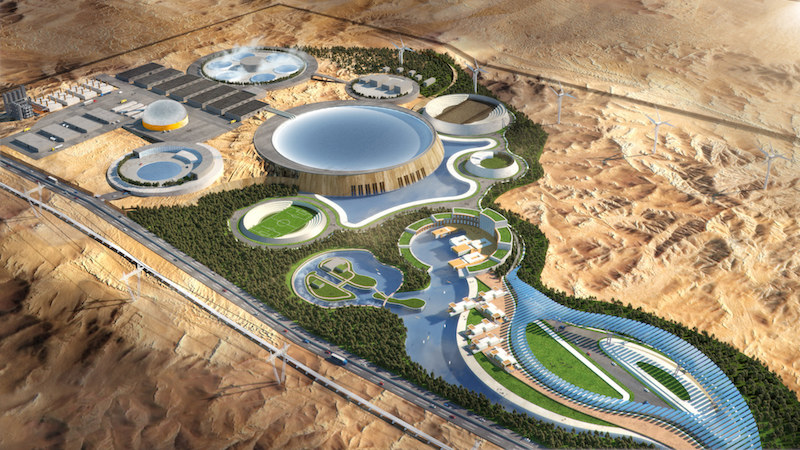
A desert compound whose advanced nuclear reactor pumps out 1,000-plus MW of capacity that supplies a nearby growing city. Image: Third Way
The project operated under a tight schedule: Visualizing sessions were conducted in August, for which Gensler pulled images from the nuclear industry as well as related examples of energy produced by hydro, solar and wind, says Lyons.
Gensler started producing the renderings and sketches in September, and completed them last month.
Baker says Third Way is targeting three audiences with its renderings: policy makers, the press, and the nuclear sector itself, which could use the illustrations in debates about the efficacy of nuclear power.
Related Stories
| May 31, 2012
5 military construction trends
Defense spending may be down somewhat, but there’s still plenty of project dollars out there if you know where to look.
| May 30, 2012
Boral Bricks announces winners of “Live.Work.Learn” student architecture contest
Eun Grace Ko, a student at the Ryerson University in Toronto, Canada, named winner of annual contest.
| May 29, 2012
Torrance Memorial Medical Center’s pediatric burn patients create their version of new Patient Tower using Legos
McCarthy workers joined the patients, donning construction gear and hard hats, to help with their building efforts.
| May 29, 2012
Reconstruction Awards Entry Information
Download a PDF of the Entry Information at the bottom of this page.
| May 29, 2012
Thornton Tomasetti/Fore Solutions provides consulting for Phase I of Acadia Gateway Center
Project receives LEED Gold certification.
| May 24, 2012
2012 Reconstruction Awards Entry Form
Download a PDF of the Entry Form at the bottom of this page.
| May 23, 2012
McRitchie joins McCarthy Building as VP, commercial services in southern California
McRitchie brings more than 18 years of experience in the California construction marketplace.
| May 23, 2012
New hospitals invest in data centers to manage growth in patient info
Silver Cross became one of the first hospitals to install patient tracking software so families know where a patient is at all times. New communication equipment supports wireless voice and data networks throughout the hospital, providing access to patients and their families while freeing clinicians to use phones and computers where needed instead of based on location.
| May 21, 2012
$61,000 awarded to students in Cleveland’s ACE Mentor Program
Mayor Frank G. Jackson gives keynote address at scholarship event for 80 Cleveland Metropolitan School District students involved in the ACE Mentor Program, which provides guidance and assistance for students interested in careers in the integrated construction industry.
| May 21, 2012
Wayne, Pa.'s Radnor Middle School wins national green award
Radnor Middle School among the most sustainable schools in the U.S.


